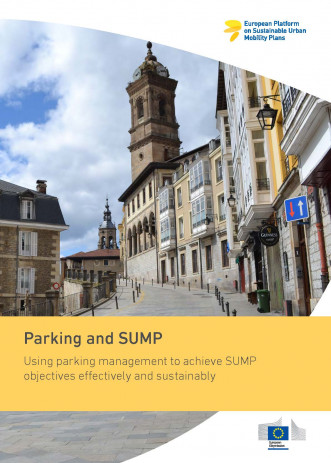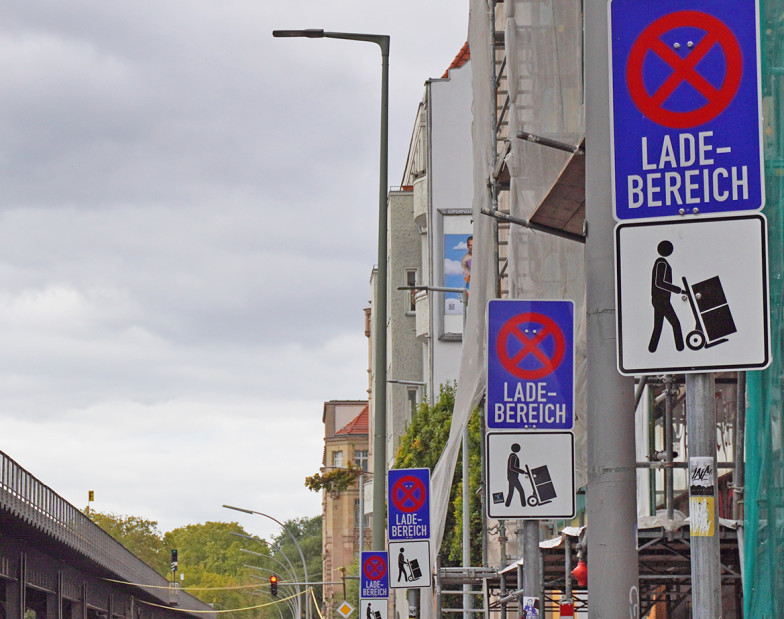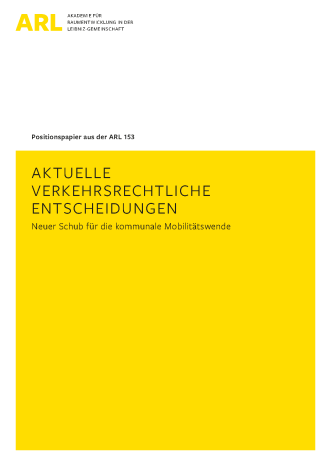Parking and SUMP
Using parking management to achieve SUMP objectives effectively and sustainably

Sonderveröffentlichungen, 2022, zahlreiche vierfarbige Fotos und Abbildungen, 46 S.
Weitere Informationen
Kostenfreier Download
Inhalt
Although effective parking management has proven to be beneficial in promoting sustainable urban mobility in our cities, it is still one of the most underdeveloped elements within Sustainable Urban Mobility Plans (SUMP). In fact, good parking management can help free up valuable public space, which increases the attractiveness of cities, while supporting the local economy. Furthermore, managing the parking o of private motor vehicles can also reduce traffic, improve congestion, road safety and air pollution. Moreover, it generates revenues (from car parking fees and fines) to invest in sustainable mobility and urban improvements. The topic guide is based on the outcomes of the Horizon 2020 project Park4SUMP (2018-2022) and focuses on the potential integration of parking management into SUMPs. The results are drawn from research in 14 EU countries and the experience of 16 partner cities in introducing/ adapting parking policies in their new and improved SUMPs with the help of ParkPAD, a new tool developed to support cities to implement good practices and innovative parking solutions. The Topic Guide is structured in the following way. First, it reviews the benefits of parking management and provides strong arguments for these. At the same time it puts counter arguments to some of the main objections that are often raised to parking management. In the same chapter, three vignettes of city parking policies are presented. The Guide then explains how parking management relates to various stages in the SUMP Cycle, such as vision-setting, measure selection, monitoring and evaluation. The Topic Guide then goes on to give details of many different parking management measures that can be implemented, explains how they work, and gives examples of places where they have been implemented, and their impacts on travel, the local economy. A final chapter discusses innovation in parking management, and the process of its implementation.


